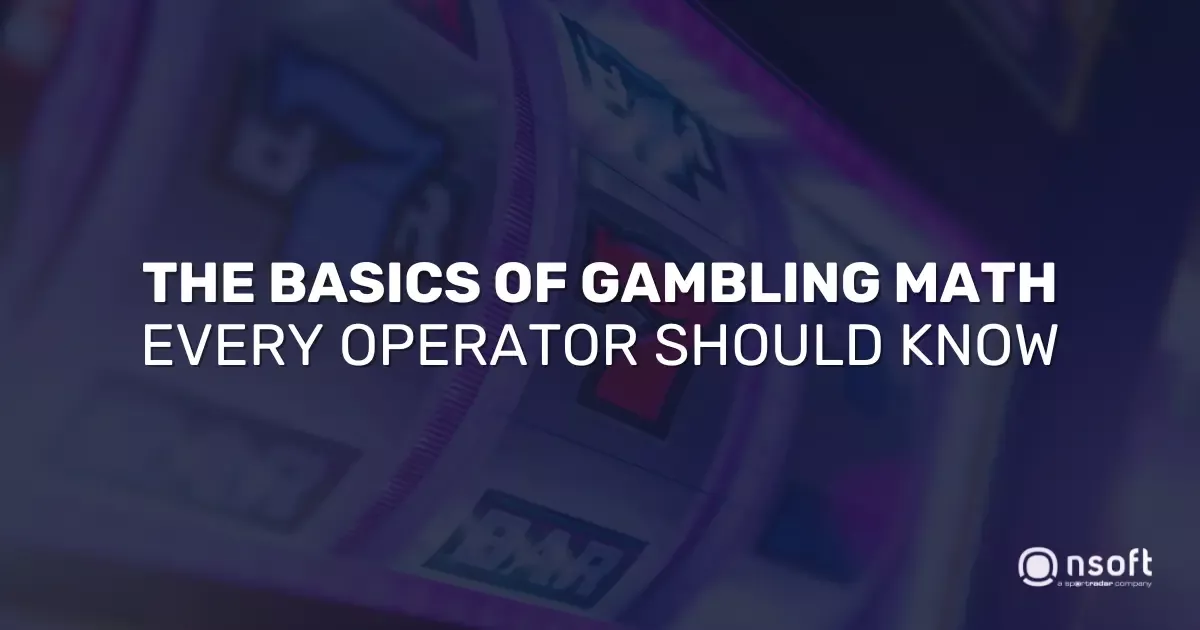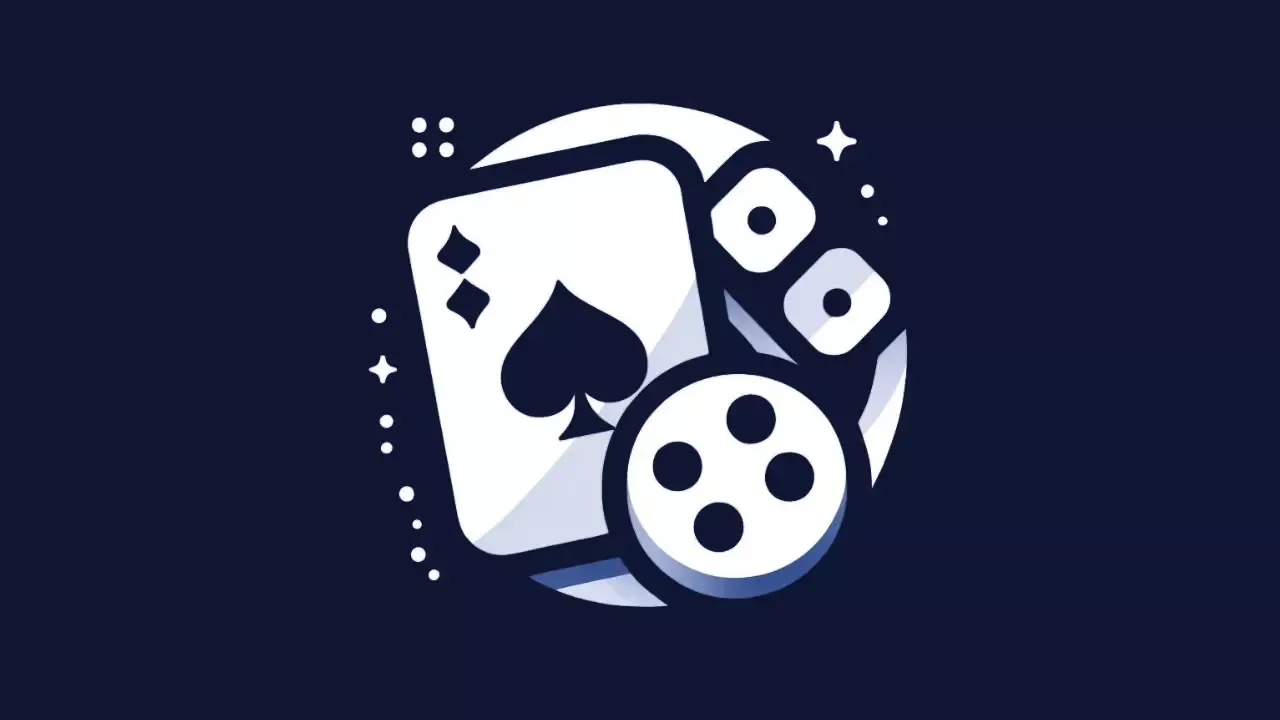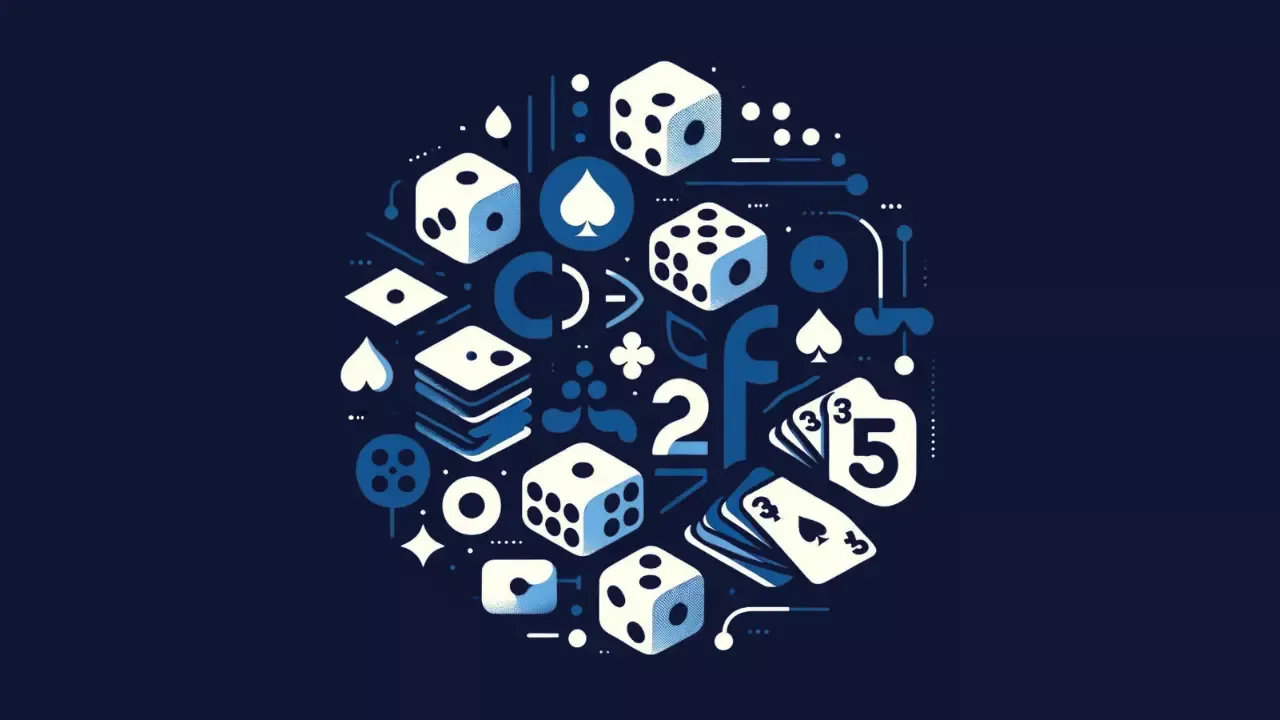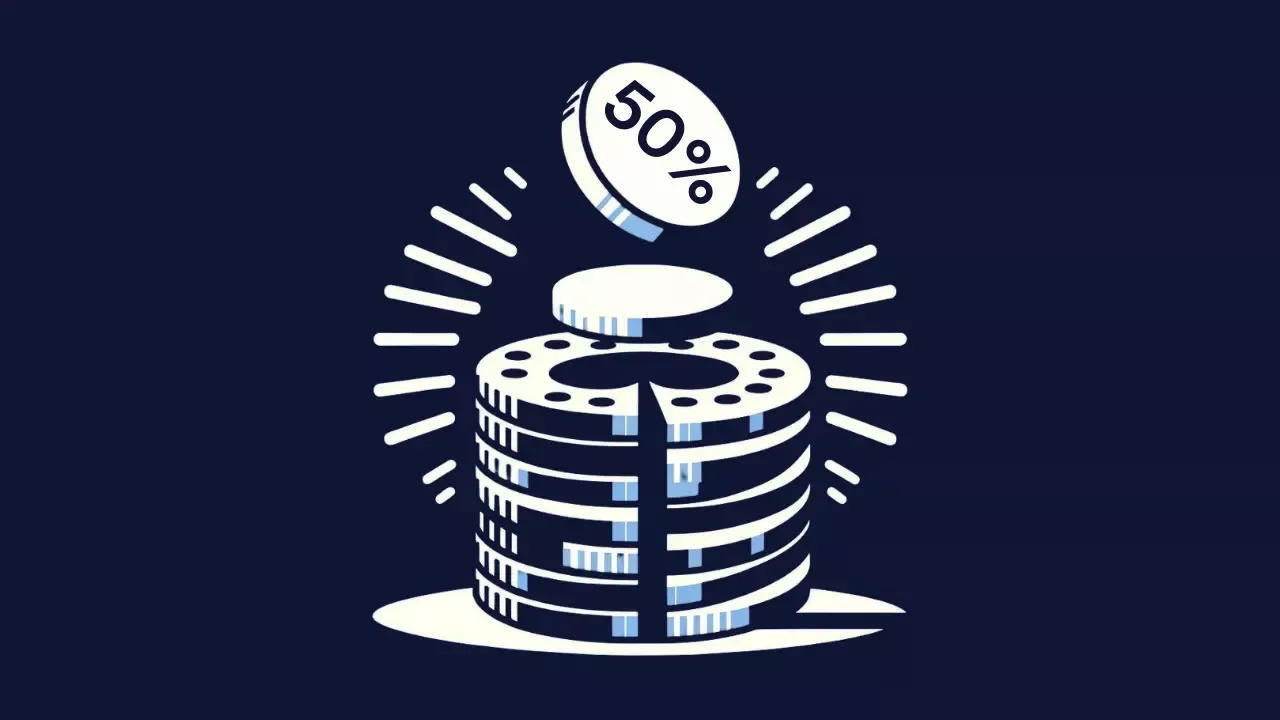Interviews & Editorials
The Basics of Gambling Math Every Operator Should Know

Thinking about launching your own betting or iGaming business? Before diving into the how-tos of starting up, tactics for success, and business models, there's one thing you absolutely need to get a handle on first, and that's the math of gambling. Let's unpack some essentials that you really need to keep an eye on.
Experimenting with Chance #

Every card flip, dice roll, or slot spin? That’s probability at work. This mathematical concept tells us the likelihood of certain outcomes by comparing winning scenarios to total possibilities. It's what guides game design and keeps players engaged.
Pulling an Ace from a deck? There are 4 aces in the deck of 52 cards, so the odds are ⁴⁄₅₂, or simpler ¹⁄₁₃. Because, math.
When we're tossing dice or drawing cards, we're engaging in what mathematicians call an "experiment." Each possible result? That's an "event." And all the possible outcomes of an experiment? We call that the "probability space."
What if we’re rolling two six-sided dice and aiming for a lucky seven? The probability space consists of 36 outcomes. Getting a seven has six paths (thanks, arithmetic): 1+6, 2+5, 3+4, 4+3, 5+2 or 6+1. This makes our shot ⁶⁄₃₆, or a friendlier ⅙.
Simple, but for game designers and operators, it's about translating these numbers into engaging game mechanics and transparent odds that keep players coming back.
The Plot Thickens: Combinations and Permutations #

Rolling a die, every number 1-6 is an elementary event—basic and to the point. But say we're looking to get a 3 or a 5; this forms a compound event, combining two of our elementary outcomes ({3, 5} = {3} U {5}).
But let’s take things even further. To get a flush (excluding straight or royal flushes) in a five-card poker hand, we’re looking at picking any five cards out of the thirteen of the same suit. Here, order doesn’t matter, making it a classic case for combinations. Sounds simple? Here’s the math:
Ways to get a flush = the number of combinations of 5 cards from a total of 13 of the same suit.
We have four suits, so we multiply by 4 to cover all our bases.
Crunch those numbers, and you find there are 5,148 ways to score a flush from a 52-card deck. Compared to the 2,598,960 possible five-card hands from the same deck, suddenly, the flush feels a bit more special, doesn’t it?
This is combinatorial math in its essence—calculating the likelihood of various outcomes when multiple events are at play.
But here's a spin for you: what if the order in which events occur matters? Now, we're not just combining; we're arranging, we're permutating!
Let's use a different example. Betting on which horses will finish first, second, and third from a pool of 8 horses, each with a name more grandiose than the last? We're experimenting with permutations because the order is important.
Mathematically, we're looking at P(n,r)= n!/(n-r)! where n is the total number of items (horses, in this case) and r is the number of items we're arranging (the top 3 horses).
Plug in our numbers, and we get P(8,3)=8!/(8-3)!=8!/5! = 8×7×6 = 336. That's 336 unique outcomes for our trifecta bet.
Incorporating games with a variety of outcome complexities ensures your platform appeals to both the casual bettor and the numbers nerd. It’s about giving every player their perfect game.
House Edge and RTP #
Understanding the house edge and RTP is crucial for maintaining profitability while ensuring players see value in the games.
In European roulette, betting on one number gives players a 1 in 37 chance to win. Player bets $1, wins, and gets $35, not $37. That missing $2? Casino making money.
Match check: For a $1 bet, Expected Value (EV)=(1 x ³⁶⁄₃₇) - (35 x ¹⁄₃₇)= ¹⁄₃₇ or about 2.70 cents.
Flip the script, and you get Return to Player. I’ve already walked you through RTP in another article, so I'll keep it light here.
Using our Roulette example, if the house edge is 2.70%, then: RTP=100%−2.70%=97.30%
This means, theoretically, for every Benjamin Franklin invested into the game, casino customers can expect to get back $97.30 over an extended period of play.
And Then There’s Volatility #

Volatility in casino games is about the swings in the game's payout pattern. High volatility brings big wins but less often, while low volatility means smaller wins that come around more frequently.
Let's crunch some numbers:
Consider a slot game where you have 80% chance of losing a $1 bet or 20% chance of winning $5.
Step 1: Average outcome (Mean)
Your average outcome, or the Expected Value (EV), plays out like this:
EV = (5 x 0.2) + (−1 × 0.8) = 0.2
So, on an average spin, we’re theoretically pocketing 20 cents.
Step 2: Calculating volatility
We figure out the game's temperament by squaring the difference from the average for wins and losses, then weighting them by their chances.
For a loss: (−1 − 0.2)² x 0.8 = (−1.2)² × 0.8 = 1.44 × 0.8 = 1.152
For a win: (5−0.2)² × 0.2 = (4.8)² × 0.2 = 23.04 × 0.2 = 4.608
Sum: 1.152 + 4.608 = 5.76
The Standard Deviation (SD), your volatility meter, is the square root of this sum: √5.76≈2.4
The SD of approximately $2.4 tells us the game has a moderate level of volatility. The wins and losses will average around a 20-cent gain per spin by about $2.40. The higher this number, the more volatile the game is, while a lower number means more consistency.
Knowing the volatility of your games allows for targeted marketing and player retention strategies. It’s about offering a mix of games that cater to different player temperaments, maximizing engagement across the board.
The Real Deal Behind Winning and Losing #

Whether you're the one rolling, picking, or spinning, or you're the brains behind the operation—winning and losing aren't just a matter of chance. They're a showcase of mathematical principles in action.
Law of large numbers: Say you flip a coin 100 times. You might get a stretch where it’s all heads or all tails, but as you keep flipping (think thousands of times), you’ll see heads and tails each hovering close to 50% of the flips. Casinos and savvy operators rely on this, knowing that over millions of games, the odds will play out as expected.
Principle of positive rate of return: It's simple—if you have a strategy that wins more often than it loses over time, you're onto something good. It's like choosing stocks you believe will rise in value, not just hoping for the best. This principle encourages smart play and strategic betting, both for the thrill-seeker at the table and the business-minded individual running the game.
Law of small numbers: This isn't a mathematical principle but a common misunderstanding of how probability works in small samples. If a roulette wheel lands on red five times in a row, the law of small numbers bias (or the gambler's fallacy) might make you think black is "due." The wheel doesn’t remember; each spin is its own 50/50 shot—a fact as crucial for players to understand as it is for operators to communicate. It's a fine line between encouraging play and promoting responsible gambling.
The House math: Imagine if every time you won a coin toss, you got a dollar, but every time you lost, you paid $1.10. That extra ten cents is the house edge. It's the cost of fun for players and the profit margin for operators. Embrace it, understand it, and plan around it.
Wrapping it Up #
Tailoring your platform goes beyond just offering games. It's about making your iGaming operation a place where players want to stay, play, and pay. Whether it’s tweaking game mechanics for better engagement or adjusting payouts for fairness and challenge, every decision should be informed by the math behind the curtain.
Tags:
Related Articles
Interviews & Editorials
27.01.2025.
The Great iGaming Migration: Why Betting Platforms Are Going All In on Emerging Markets
Why are iGaming operators turning to Africa, LATAM, and Asia? These emerging markets offer big opportunities—but come with unique challenges. Explore what’s driving this shift, how companies are succeeding, and the hurdles they’re tackling along the way.
Learn more
Interviews & Editorials
10.09.2024.
What is iGaming? From Sportsbooks to Online Slots—Here’s the Full Picture
Get the inside scoop on iGaming. From digital sportsbooks to online slots, find out what makes iGaming a unique powerhouse in the gambling industry.
Learn more
Interviews & Editorials
27.11.2023.
The Operator's Guide to Global Gaming Licenses: What You Need to Know
Get the facts on top gambling licenses with NSoft's expert insights. From UK Gambling Commission to the Isle of Man, we cover fee structures, processes, and business implications. Essential for operators aiming to excel in the gaming industry.
Learn more
Didn’t Find What You’re Looking For?
Our team will be happy to guide you through our products and services.
Contact us

